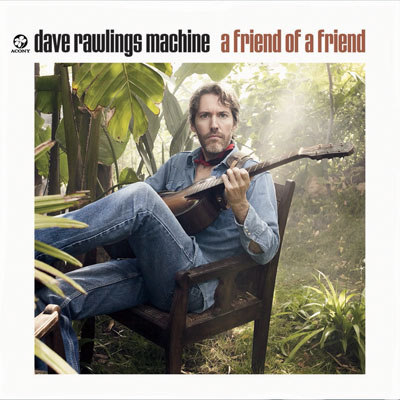
An individual’s voice/talent cannot be taught, be it can be released, encouraged, and informed by an education that gives the individual the foundational tools to express his/her creative impulse. Only to the degree that a formal creative writing education doesn’t do this, do we consider it a failure or not worth the money and time.
The problem frequently isn’t the Creative Writing course you took, it’s what happens post education. You run up against the establishment. Art and writing differ in that art has techniques can be taught, but the artist is encouraged to choose and reinvent those techniques to allow her/his individual creativity to bring forth a unique work. The art establishment is looking for creative voices to bring into the market place. (They’re prejudice is often against the old)

Writing however has rules and anyone breaking them in order to express his/her creative voice is typically dismissed by publishers as one who cannot truly write and therefore is not worthy of being heard at all. It’s a situation upon which, thankfully, the free market, publishing on demand, individual authors, and the internet have slowly made inroads over the last 5 to 10 years.
Language, like art, continues to grow and evolve over time. We understand this at FAB. Creative writing is always about expressive style (voice) first, content second, and rules of grammar and punctuation a distance third. Those who stress obedience to the rules in the Chicago Manual of Style (which itself is constantly evolving) have simply lost the plot.
If you missed it, Gillian Holding has great piece on Can Creative Writing Be Taught? spawned by a Guardian article by Janet Murray on the topic. (And in other uber-cool news, check out the live 1821 version of the Guardian. Brilliant!)
The book Gillian mentions Why Art Cannot Be Taught is available from Univ of Illinois Press.







